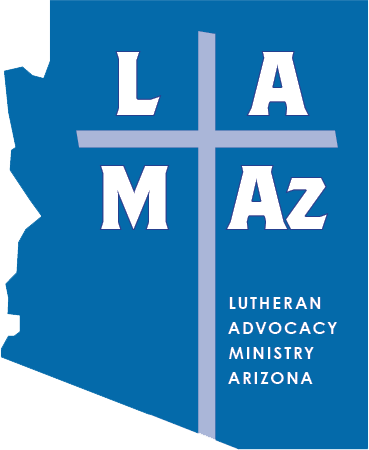What is the Bipartisan ROAD to Housing Act of 2025?
Senate bill aims to increase affordable housing supply. Here’s what renters, home buyers need to know
The Renewing Opportunity in the American Dream, or ROAD, to Housing Act of 2025 is a bill aimed at increasing the supply of affordable housing in the U.S.
The bill is the first bipartisan markup for housing in over a decade.
UNITED STATES - JULY 29: From left, Chairman Tim Scott, R-S.C., Sen. Tina Smith, D-Minn., and ranking member Sen. Elizabeth Warren, D-Mass., attend the Senate Banking, Housing and Urban Affairs Committee markup of the ROAD to Housing Act, in Dirksen building on Tuesday, July 29, 2025. (Tom Williams/CQ-Roll Call, Inc via Getty Images)
Read the United States Senate Banking, Housing and Urban Affairs Committee’s statement, ROAD to Housing Act of 2025: Section-by-Section.
The ROAD to Housing Act is ‘not a panacea’
According to its text, the ROAD to Housing Act of 2025 aims to boost the country’s housing supply, improve affordability, help reduce homelessness, expand access to homeownership, increase oversight and efficiency of federal regulations and housing programs.
The housing market has been increasingly unaffordable for many Americans. The median sale price in June was $435,000 — a record high for the month, according to the National Association of Realtors. Interest rates have also remained elevated, keeping sellers from listing their homes and potential buyers on the sidelines.
“Many households aren’t even forming because they can’t afford to own or even rent,” said Mark Zandi, chief economist at Moody’s Analytics.
In 2023, half of renters in the U.S., or 22.6 million tenants, were “cost burdened,” meaning they were spending more than 30% of their income on rent and utilities, according to a recent report by the Joint Center for Housing Studies at Harvard University.
While industry groups and local elected officials have expressed support for the housing package, it’s “not a panacea,” said Alys Cohen, director of federal housing advocacy at the National Consumer Law Center.
What’s more, the bulk of the provisions are aimed at making the process of building more housing easier for local governments, changes that could eventually add more supply and ease prices. Still, some provisions in the bill directly impact individuals and communities.
“It’s a series of measures, some of which are bold, some of which are modest, some of which will be helpful, some of which may be harmful. The hope is that overall, it’s a significant step forward,” Cohen said.
From the National Low Income Housing Coalition (NLIHC)
Overview
The “Renewing Opportunity in the American Dream (ROAD) to Housing Act of 2025” is a bipartisan housing package that proposes reforms to a broad array of U.S. Department of Housing and Urban Development (HUD) programs, including some of National Low Income Housing Coalition’s (NLIHC) policy priorities. While these reforms would make needed changes to HUD programs, the “ROAD to Housing Act” also includes provisions that could increase burden for tenants if implemented without sufficient guardrails.
Summary of Key Provisions
NLIHC has highlighted and summarized the provisions in the “ROAD to Housing Act” that are key to ensuring housing programs better serve renters with the lowest incomes. HLIHC has identified “Title 5 – Program Reform” as a section that includes some high-priority provisions for NLIHC. The following summary also includes provisions that NLIHC has concerns about, including the expansion of the Rental Assistance Demonstration (RAD) program and the Moving to Work (MTW) program.

